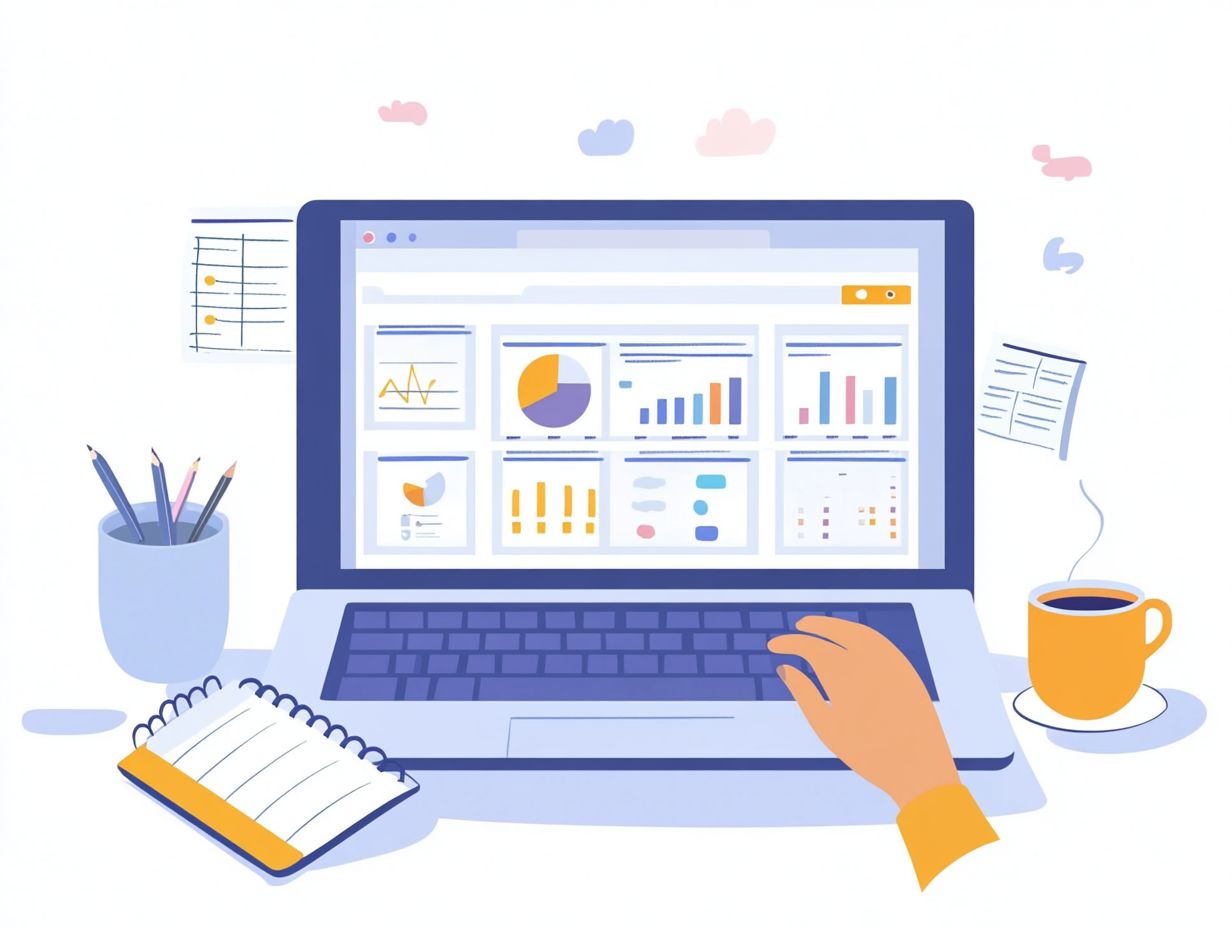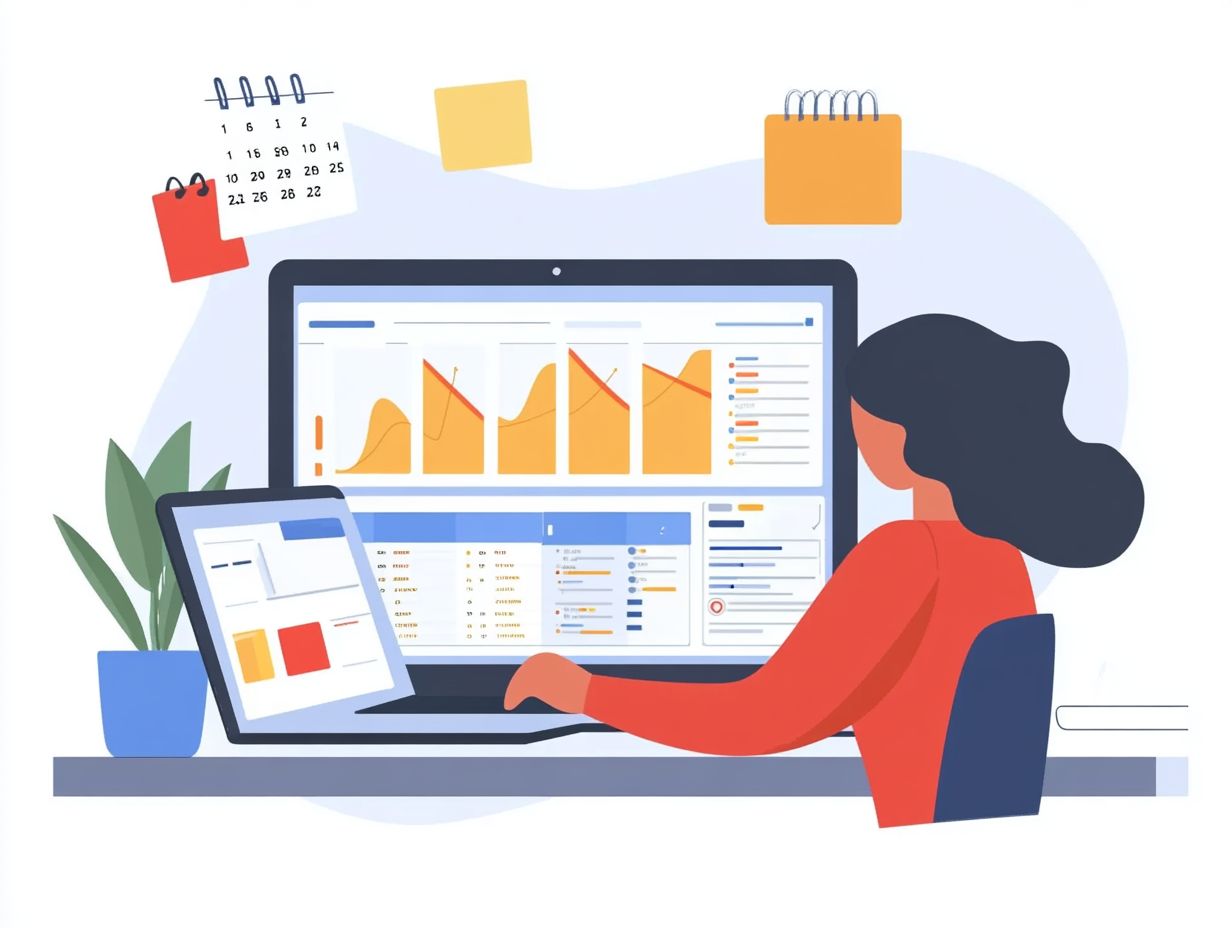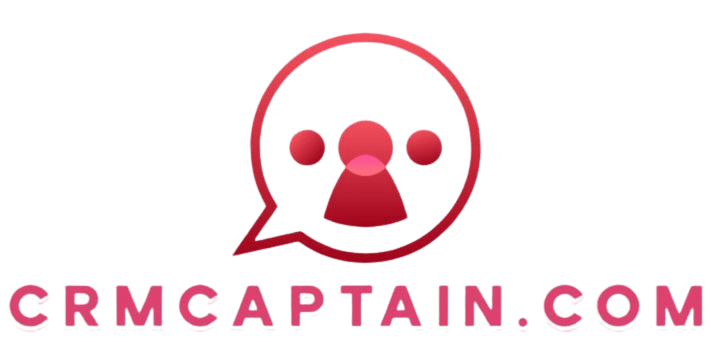Navigating CRM Software Updates: Best Practices
Staying current with Customer Relationship Management (CRM) software updates is crucial for any organization aiming to optimize customer relationship management. These updates enhance functionality, address security issues, and improve user experience.
Managing these updates can be tricky, often presenting challenges like compatibility issues and user resistance. Get ready to transform your approach! This guide covers everything you need to know from understanding what CRM updates entail to best practices for implementation ensuring your team can navigate these changes with ease.
Explore how to maximize the benefits of updates while effectively overcoming common hurdles.
Contents
- Key Takeaways:
- Understanding CRM Software Updates
- Best Practices for Navigating CRM Software Updates
- Common Challenges and Solutions
- Maximizing the Benefits of CRM Software Updates
- Frequently Asked Questions
- What are CRM software updates and why are they important?
- How often should I expect CRM software updates?
- What is the best practice for preparing for a CRM software update?
- How can I minimize disruptions during a CRM software update?
- What should I do if I encounter issues after a CRM software update?
- Are there any risks involved in not updating CRM software?
Key Takeaways:

- Stay informed about updates and their benefits to ensure a smooth transition.
- Communicate with your team to gather feedback and address any concerns before implementing updates.
- Plan for downtime and test updates in a sandbox environment a safe space to test updates without affecting live data to mitigate potential issues.
Understanding CRM Software Updates
Understanding CRM software updates is essential for you if you’re looking to enhance your customer relationship management strategies and improve your business performance. Regular updates keep your CRM platform equipped with the latest tools, automation features, and reporting capabilities designed to boost user adoption and streamline processes.
These updates significantly impact your sales metrics and customer satisfaction, driving you toward achieving your CRM goals and providing exceptional customer experiences.
What are CRM Software Updates?
CRM software updates include enhancements, bug fixes, and new features introduced by vendors to improve their platforms and ensure peak performance. These updates are essential for maintaining data integrity and safeguarding the accuracy and security of customer information over time.
Beyond technical improvements, these updates usually bring new features that make your work easier. Typical updates might include:
- Advanced analytics tools
- User interface improvements
- Integrations with other software systems
Each update is crafted to optimize your interaction with the CRM. By prioritizing these updates, you can significantly advance your CRM objectives such as enhancing client engagement and boosting sales performance.
Why are Updates Necessary?
Updates are essential for your CRM system to boost performance, uphold data integrity, and enhance the overall customer experience. When you overlook these crucial updates, you risk compromising data accuracy and user functionality. For instance, a company that neglects to update its CRM after a software patch could face bugs that disrupt user access and potentially lead to data loss. This situation frustrates customers and ultimately impacts their satisfaction and loyalty.
By regularly updating, you ensure that you and your team benefit from new features, enhanced security protocols, and streamlined workflows all vital for your customer retention strategies. Ignoring update schedules can leave you with outdated systems, making it challenging to meet customer expectations effectively.
Navigating CRM software updates effectively requires a strategic approach that incorporates best practices and preparing for CRM software upgrades, along with comprehensive training and active communication among your sales team and key stakeholders involved in CRM processes.
By embracing these practices, your organization can foster user adoption and ensure seamless transitions during updates. For more detailed insights, check out best practices for using CRM software. This proactive approach minimizes downtime and enhances data integrity, ensuring that updates align perfectly with your CRM objectives.
1. Stay Informed About Updates

Stay updated on CRM updates to harness the full potential of your tools. This helps your sales team maximize customer insights.
Review new features regularly. This way, you can adjust your strategies to better meet your clients’ evolving needs.
Subscribe to industry newsletters and join relevant forums. Attend webinars hosted by CRM vendors for the latest information.
Engage with online communities. This gives you firsthand experiences and tips from other users.
Learn about the latest functionalities like automation and analytics. This will help your team use CRM systems more effectively.
2. Test Updates in a Sandbox Environment
Test updates in a sandbox environment to assess the impact without risking your data. This separate space keeps your customer data untouched and secure.
This controlled setting enhances testing accuracy. It also encourages collaboration, allowing teams to identify issues early.
Any bugs or compatibility issues typically surface here. This helps you avoid costly disruptions later.
Using a sandbox leads to smoother rollouts and happier users. Stakeholders can see improvements firsthand before they go live.
3. Communicate with Your Team
Talk to your sales team about upcoming CRM updates. Effective communication ensures a smooth transition and encourages new feature adoption.
This collaborative approach fosters ownership among team members. It significantly reduces resistance to change.
Hold regular meetings and send out newsletters. Engaging training sessions keep everyone informed and involved.
Provide a platform for feedback. This allows team members to express concerns and suggestions, nurturing continuous improvement.
Involving everyone in the update process enhances system support. This leads to better accuracy in managing customer data.
4. Plan for Downtime
Plan for potential downtime during CRM updates to minimize disruptions. Strategically schedule updates during off-peak hours for better management.
Communicate clearly with your sales team about planned downtime. This ensures they are informed and prepared for transitions.
Share timelines and outline affected functionalities. Transparency is vital for maintaining team morale.
Have a robust support plan in place. This reassures your team that challenges can be swiftly addressed.
5. Keep Track of Changes and Customizations
Track changes and customizations during CRM updates. This maintains clarity and ensures effective data management.
Document each adjustment systematically. This deepens your understanding of the system’s evolution.
This practice helps identify modifications that could impact performance. It also allows for timely troubleshooting when issues arise.
Maintain comprehensive change logs that include detailed descriptions and timestamps. This provides insights into how workflows have changed over time.
Enhancing the accuracy of your CRM analyses improves your use of reporting tools.
Common Challenges and Solutions

When you implement Customer Relationship Management (CRM) software updates, you may encounter familiar challenges like compatibility issues and pushback from users. These obstacles can impede CRM processes and diminish overall effectiveness, making it crucial to navigate them skillfully for a seamless transition.
Dealing with Compatibility Issues
Compatibility issues can emerge when CRM updates don’t align with your existing tools, putting data integrity and integration across systems at risk. This misalignment often arises from differences in software versions and varying data structures.
Additionally, the introduction of new features that legacy systems might not support can also cause issues. If you overlook these factors, you could face significant disruptions in your workflows.
To tackle these challenges effectively, prioritize comprehensive testing before rolling out updates. Ensure that all systems work together seamlessly.
Embrace best practices such as providing regular training for your team on the new functionalities. Establishing frequent backup processes can further strengthen integration efforts and maintain data quality throughout the update cycle.
Addressing User Pushback
Pushback from users often emerges as a significant hurdle during CRM updates, directly impacting user adoption and overall effectiveness. To navigate this landscape successfully, it’s crucial to understand the root causes of resistance.
Many users might feel overwhelmed by the new features, intimidated by a perceived lack of technical prowess, or simply reluctant to shift from their established routines. Implementing effective strategies is essential to address these challenges.
Consider organizing tailored CRM training sessions that cater to various learning styles. Providing clear and consistent communication about the benefits of the updates can cultivate a positive mindset, encouraging users to embrace enhancements rather than dread them.
Engaging users in the update process fosters a sense of ownership and elevates satisfaction.
Maximizing the Benefits of CRM Software Updates
Unlock the full potential of CRM software updates! You can elevate user experience and boost performance by effectively utilizing the enhancements.
By leveraging automation capabilities, you can streamline processes and drive greater efficiency within your operations.
Improving User Experience
Enhancing user experience stands out as a pivotal advantage of CRM updates, as these refined features can significantly elevate customer satisfaction and help you achieve your CRM goals.
For example, imagine having personalized dashboards that present relevant customer information at a glance. This capability streamlines interactions and enables your team to address client needs efficiently.
Moreover, improved integration with communication platforms fosters seamless collaboration, allowing you to access crucial data swiftly without the hassle of switching between different apps.
These enhancements simplify your workflow and enable you to deliver timely and accurate support. When customers feel valued through responsive and tailored service, their loyalty deepens, ultimately aligning with your overarching CRM objectives aimed at cultivating enduring relationships.
Optimizing System Performance

Optimizing system performance through CRM software updates is essential for ensuring that your tools operate efficiently and deliver accurate sales metrics.
These updates are not just enhancements; they are vital upgrades that can significantly impact user experience and overall system functionality.
By keeping your CRM environment up to date, you can expect improved data integrity and faster access to analytical insights.
Embracing best practices during these updates enables your teams to streamline processes, ensuring that data analysis and reporting capabilities are operating at their peak.
This proactive approach enhances decision-making and cultivates a culture of continuous improvement within your organization, ultimately driving better results across various departments.
Frequently Asked Questions
What are CRM software updates and why are they important?
CRM software updates are regular improvements made to a CRM system. They include bug fixes, new features, and security patches, all essential for keeping your system efficient and secure.
These updates ensure you have the latest tools to enhance your business operations.
How often should I expect CRM software updates?
The frequency of updates varies by provider. Typically, expect updates monthly or quarterly.
Some may be small and frequent, while others could be larger and less common. Stay informed about your provider s schedule.
What is the best practice for preparing for a CRM software update?
Start by reviewing the update release notes from your provider. This gives you clear insight into the changes being made.
Test the update in a safe environment to check for compatibility. Communicate changes to all users and provide training if needed.
How can I minimize disruptions during a CRM software update?
Create a solid backup plan before the update. Backup all data and customizations, and have a way to restore the previous version if needed.
Schedule the update during off-peak hours to reduce disruptions.
What should I do if I encounter issues after a CRM software update?
Identify the issue first. If it s known, check with your provider for solutions.
For new problems, contact the support team. Always have a plan to revert to an earlier version if necessary.
Are there any risks involved in not updating CRM software?
Yes, not updating your CRM software carries risks. Your system may become vulnerable to security threats and data breaches.
You might also miss out on valuable features. Regular updates are crucial for maintaining functionality and security.






